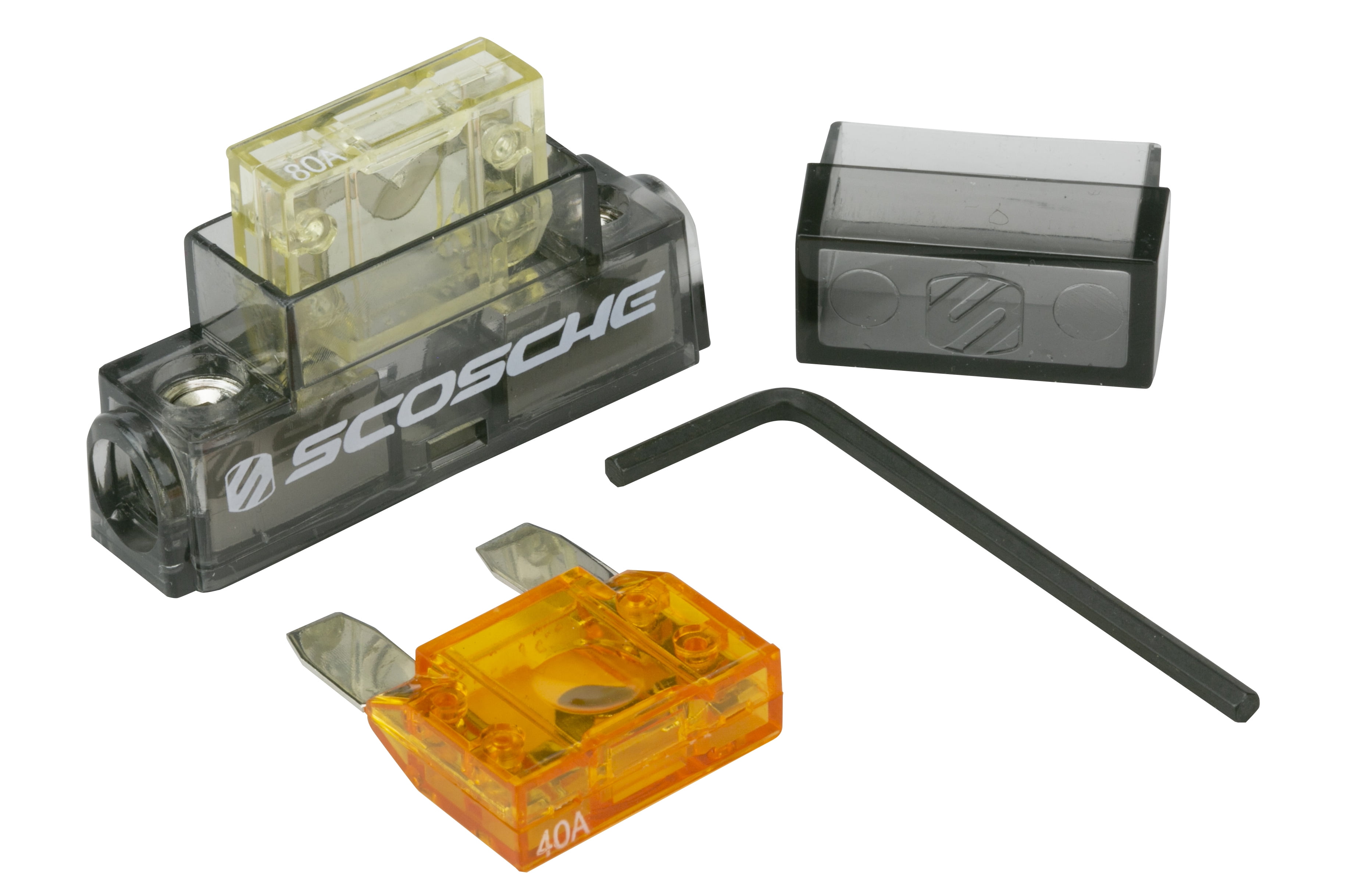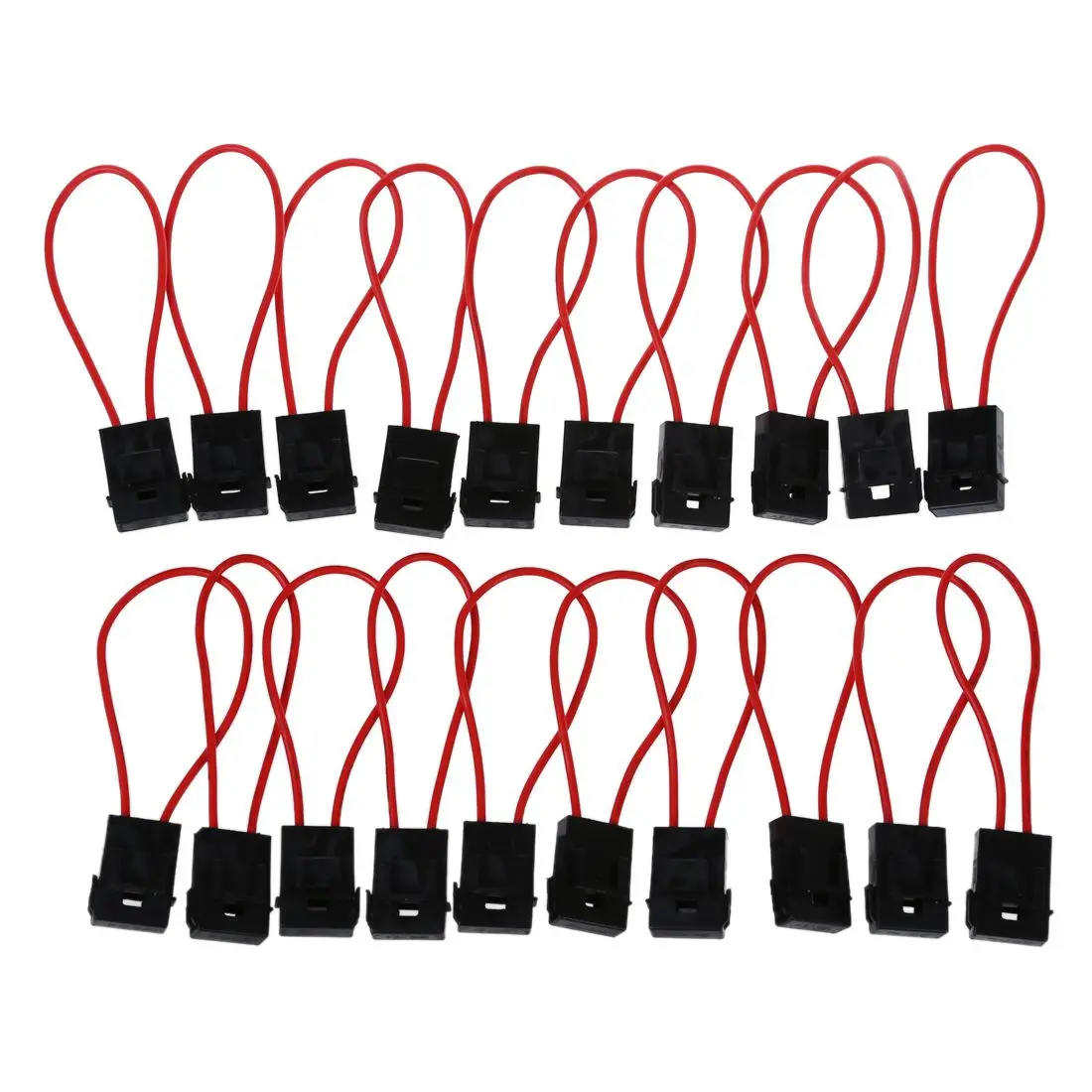
Various solutions were tried, with limited if any success. Initial designs suffered from the potentially catastrophic problem that friction between the shot and black powder during the high acceleration down the gun bore could sometimes cause premature ignition of the powder. He called his device 'spherical case shot', but in time it came to be called after him a nomenclature formalised in 1852 by the British Government. As such his invention increased the effective range of canister shot from 300 metres (980 ft) to about 1,100 metres (3,600 ft). The explosive charge in the shell was to be just enough to break the casing rather than scatter the shot in all directions.

In addition to a denser pattern of musket balls, the retained velocity could be higher as well, since the shrapnel shell as a whole would likely have a higher ballistic coefficient than the individual musket balls (see external ballistics). The shrapnel balls would carry on with the "remaining velocity" of the shell. If the fuze was set correctly then the shell would break open, either in front of or above the intended human objective, releasing its contents (of musket balls). His shell was a hollow cast-iron sphere filled with a mixture of balls and powder, with a crude time fuze. Shrapnel's innovation was to combine the multi-projectile shotgun effect of canister shot, with a time fuze to open the canister and disperse the bullets it contained at some distance along the canister's trajectory from the gun. At longer ranges, solid shot or the common shell-a hollow cast-iron sphere filled with black powder-was used, although with more of a concussive than a fragmentation effect, as the pieces of the shell were very large and sparse in number. At ranges of up to 300 m canister shot was still highly lethal, though at this range the shots’ density was much lower, making a hit on a human body less likely. When fired, the container burst open during passage through the bore or at the muzzle, giving the effect of an oversized shotgun shell. At the time artillery could use " canister shot" to defend themselves from infantry or cavalry attack, which involved loading a tin or canvas container filled with small iron or lead balls instead of the usual cannonball.

In 1784, Lieutenant Shrapnel of the Royal Artillery began developing an anti-personnel weapon. In the cutaway view, the dark grey is the wall of the shell, the medium grey is sulphur resin, the light grey are the musket balls, and the black is the bursting charge. This is its most common modern usage, which strays from the original meaning. Usage of term "shrapnel" has changed over time to also refer to fragmentation of the casing of shells and bombs. Shrapnel is named after Lieutenant-General Henry Shrapnel (1761–1842), a British artillery officer, whose experiments, initially conducted on his own time and at his own expense, culminated in the design and development of a new type of artillery shell. The functioning and principles behind Shrapnel shells are fundamentally different from high-explosive shell fragmentation. The munition has been obsolete since the end of World War I for anti-personnel use high-explosive shells superseded it for that role. They relied almost entirely on the shell's velocity for their lethality.

Shrapnel shells were anti-personnel artillery munitions which carried many individual bullets close to a target area and then ejected them to allow them to continue along the shell's trajectory and strike targets individually. Setting a time fuse (left) and loading a shell into a gun


 0 kommentar(er)
0 kommentar(er)
